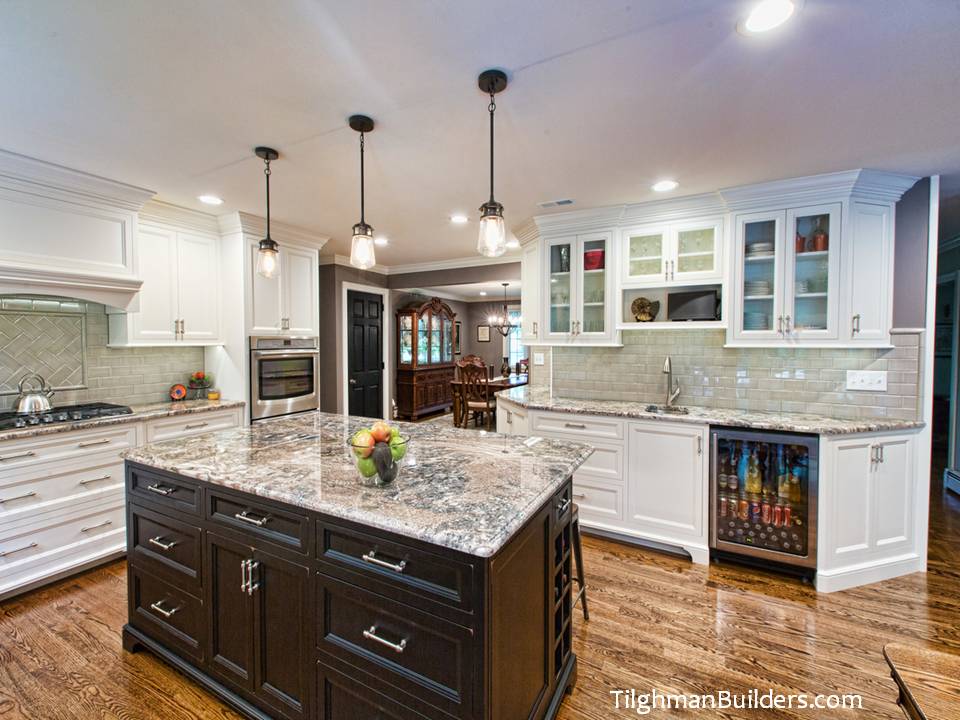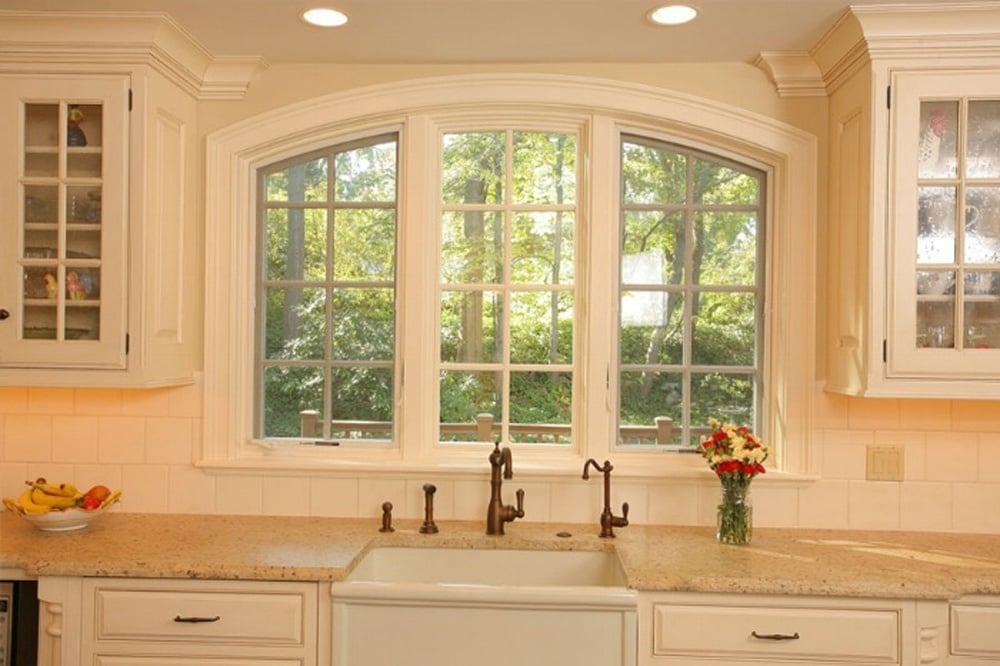1. Ballpark the costs. First, get a handle on how much your remodeling dreams will cost. In general, major upgrades, such as a bathroom remodel or a family-room addition, should be estimated and/or priced by a reputable contractor.
2. Figure out how much you have to spend. Once you’ve zeroed in on a project, the next question is whether you have the money. If you’re paying cash, that’s easy to answer. But if you’re borrowing, you need to assess how much a bank will lend you and what that loan will add to your monthly expenses.
There are four basic types of loan options:
- A cash-out refinance
- A home equity loan
- A home equity line of credit (HELOC)
- A renovation loan
For the vast majority of homeowners, the best way to borrow for a home improvement is a home equity line of credit. A HELOC is a loan that’s secured by your home equity, which means that it qualifies for a lower rate than other loan types, and you can deduct the interest on your taxes.
Because a HELOC is a line of credit rather than a lump-sum loan, it comes with a checkbook that you use to withdraw money as needed, up to the maximum amount of the loan.
The catch is that the minimum payment on a HELOC is just that month’s interest; you’re not required to pay back any principal. Like only paying the minimum due on a credit card, that’s a recipe for getting stuck in debt.
Instead, establish your own repayment schedule. You can do this by paying 1/60th of the principal (for a five-year pay down) or 1/120th (for 10 years) in addition to the monthly interest. If you can’t afford that much, then you should reconsider your project.
An alternative to HELOC is borrowing from lending groups who can allocate the proper funds for that perfect home remodel.
3. Get quotes from contractors. Seek out contractors who can help you with ideas and who are able to guide you through the pros and cons of the different ideas.
Get recommendations for established contractors from friends, neighbors, and other tradesmen who you trust. To find the right contractor:
- Ask to see their recent work (One of the best ways to get an accurate assessment from a homeowner about a specific contractor is to insist that the contractor give you the contact information for the owner of the project the contractor is currently working on. This prevents the contractor from "cherry picking" the referrences he chooses to give you and you're able to talk to someone who is right in the middle of their renovation.)
- Check references for other recently completed projects as well as some completed a few years back
- Look at online sites that provide peer reviews of contractors
Reality Check: Cost Overruns
An estimate variance for the difference between initial rough estimates and final fixed cost estimates should be included on every project. Tilghman Builders' variance is generally 5%, whereas other contractors are normally 15-20%. After all things considered, is the total still within your ability to pay? If so, you’re ready to get started. If not, it’s time to scale back your plans.
4. Set priorities and trim the project to fit your budget. Dreams and budget not in alignment? Carefully scale down your dream — chances are you’ll end up satisfied and solvent. Enlist your contractor for suggestions on cutting costs — that way, he’ll be an ally in helping you stick to your budget.
Possibilities include:
- Low-cost alternatives. For example, specify laminate countertops instead of granite.
- Keeping older items that are still in working condition. Appliances, furnaces, and lighting fixtures can be upgraded later.
- Making the project smaller. Trim that bathroom addition from 100 square feet to 80 square feet.






